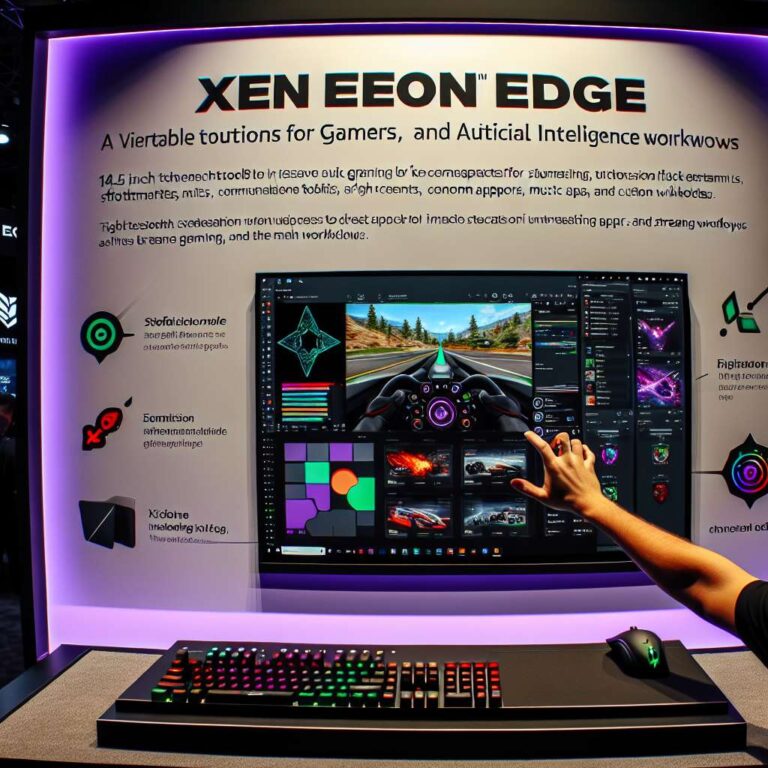Corsair announced availability of the Xeneon Edge 14.5-inch LCD touchscreen as a strategic expansion of its ecosystem. The company positions the device as a hybrid product between displays, peripherals, and streaming hardware, highlighting tight iCUE integration and a Virtual Stream Deck feature set. Corsair frames the product as premium and ecosystem-first, saying its stickiness will support cross-selling opportunities and incremental revenue growth while reinforcing the company focus on innovation.
The touchscreen is described as a sharp 14.5-inch panel that can surface system information and communication tools at a glance. Promoted uses include displaying CPU, GPU, and system metrics alongside chat channels and music applications, and hosting Virtual Stream Deck functions for customized controls. Corsair emphasizes that the Xeneon Edge can keep local intelligence accessible without disrupting a primary workflow, and that widgets and docked apps can be moved to the device to free space on a main display.
Corsair targets the Xeneon Edge at high-growth segments including gaming, Sim racing, content creation, and Artificial Intelligence productivity, and highlights synergies with Fanatec to enhance immersive Sim Racing experiences. The announcement frames the product as part of a broader ecosystem strategy aimed at driving engagement and revenue through complementary hardware. An editor´s note in the original coverage points readers to an in-depth review of the Xeneon Edge that is now live, as reported in the article.

